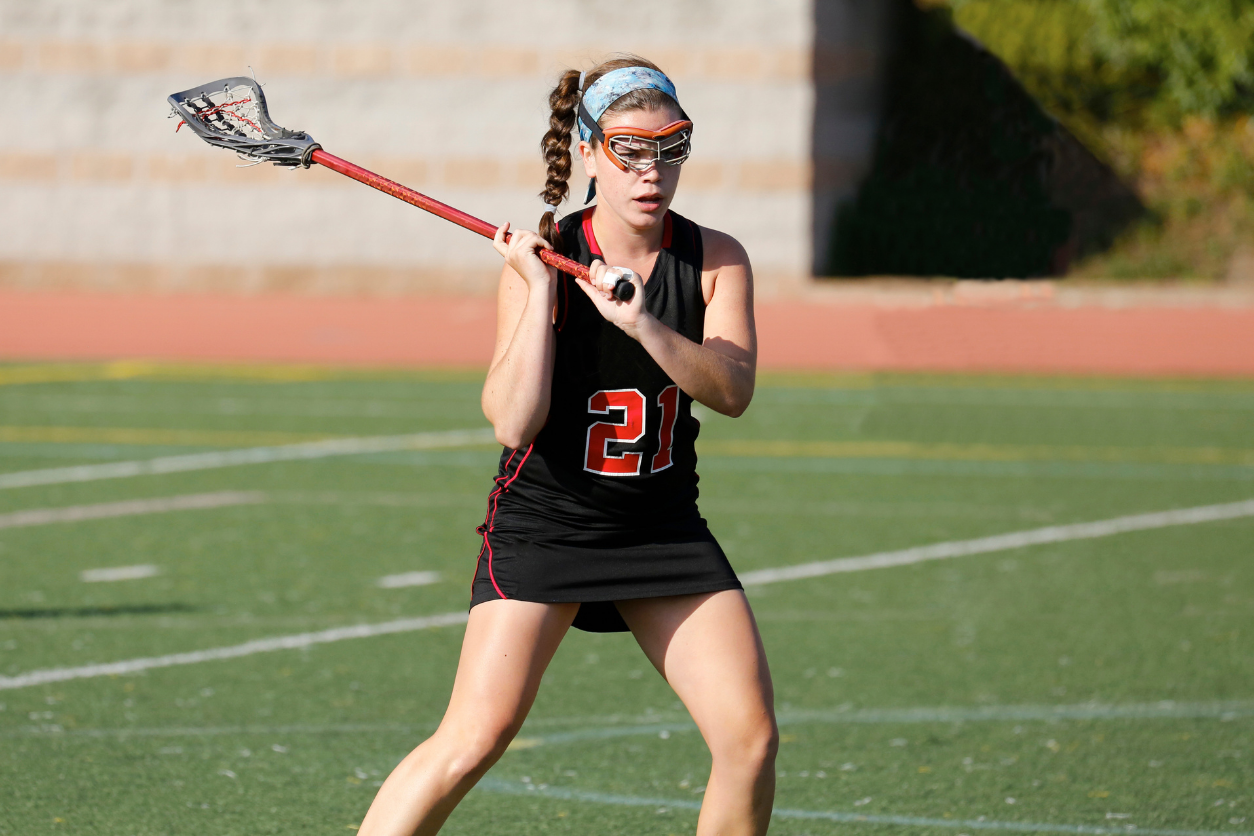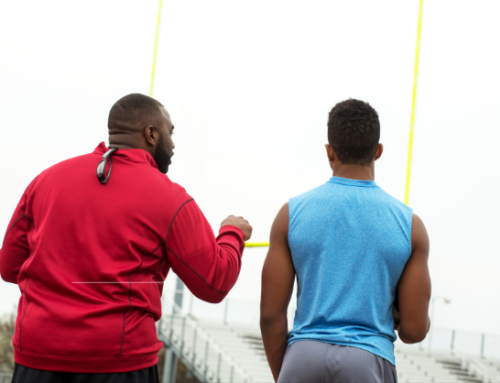Size, skill, and experience matter. But don’t forget about academics and intangibles.
An important part of the lacrosse recruiting process is assembling a target list of schools that you’d like to attend while also playing at the collegiate level. Assembling that list requires an honest assessment of your skills so that you can focus your efforts on schools where you have the best chance of finding the right fit. However, figuring out if you have what women’s lacrosse coaches are looking for can sometimes be tough. And if you’re not sure where you might fit, consider these guidelines.
NCAA Division 1
In general, the bulk of DI scholarships go to roughly the top 3% to 5% of women’s high school lacrosse players in the country. Though full-ride scholarships are rare for all but the elite-level athletes, lacrosse coaches at many of the top women’s programs work to assemble athletic and academic scholarship packages to entice top talent.
Whether you’re a goalie, attacker, midfielder, or defender, to be considered DI caliber talent at the most competitive women’s programs, you should have earned several year’s worths of tournament all-star and MVP awards at the club level, be a three-year varsity starter at the high school level and ranked in the top 3% to 5% of players nationally. Earning All-American honors or nominations and all being named or nominated to the all-state team for multiple years is also helpful.
While the big-name schools get much of the top talent, you can still land a DI scholarship if you’ve earned all-star honors at a variety of club events and been a top player and three-year varsity starter on your high school team. Multiple seasons earning all-state, all-region, or all-county honors will also help raise your recruiting profile.
Physically, DI coaches look for goalies who average 5’9” to 5’11”, attackers who are 5’8” to 5’9”, midfielders between 5’10” to 5’11”, and defenders who are 5’10” to 5’11”. Remember that those are averages and coaches are skilled at projecting growth, so don’t get discouraged if you lack an inch or two.
Skill-wise, college coaches look for goalies with on-field communication and leadership skills who also make big saves and possess an accurate clearing game to scoring opportunities. For attackers, coaches look for confidence, leadership, an understanding of the game, direction changeability, and field vision. A midfielder should be solid two-way players with vision, defensive skills, face-off skills, and the ability to generate offense. If you’re a defender, you should be strong technically and have solid on-ball skills, while also being able to control the game, your teammates, and the opposition.
NCAA Division 2 and Division 3
Because there are more Division III women’s lacrosse programs (301) than there are in DI and DII combined (235), there can be a lot of talent overlap in DII and DIII. In general, women’s lacrosse players at DII and DIII schools earned all-star and all-tournament recognition at club-level events and have been a multi-year starter and contributor to your high school team.
While women’s lacrosse coaches at the DII and DIII levels want as much skill as possible, athleticism, lacrosse IQ, and desire to make the most of their abilities can also get you noticed. While you may be outside of that top 5% of women’s high school lacrosse players, you still have the ability to play at a higher level and you possess communication and leadership skills.
Academic Ability
As mentioned above, women’s lacrosse is an equivalency sport, meaning that the odds of scoring a full-ride scholarship are long. However, equivalency sport coaches can award any number of partial scholarships so long as that number doesn’t exceed a total of 12 scholarships for DI and 9.9 scholarships for DII. However, since many coaches offer athletic and academic scholarship packages, having good grades and solid entrance exam scores is hugely important. It’s even more important at Division III schools, which don’t offer athletic scholarships but generally have more academic scholarships to qualifying student-athletes.
In addition, good grades in high school show coaches you can handle the academic load in college. And eligibility for academic scholarships means a college coach can stretch his or her athletic scholarships farther as well. Add it all up, and your academic ability can make you just as attractive to a college recruiter as athletic ability.
Finally, when you’re trying to decide if you have what a coach from one of your target schools is looking for, remember that outside of the elite athletes, every coach is different and the intangibles can play a huge role in how individual recruiters assess you. Don’t get discouraged, don’t give up, and don’t stop competing until you find the school, and college lacrosse program, that offers you the best fit.
Did you enjoy the article ‘Do You Have What Women’s College Lacrosse Coaches Are Looking For?’? If so, check out Women’s Lacrosse Recruiting; What You Need To Know To Get Recruited, or more of our articles HERE.





